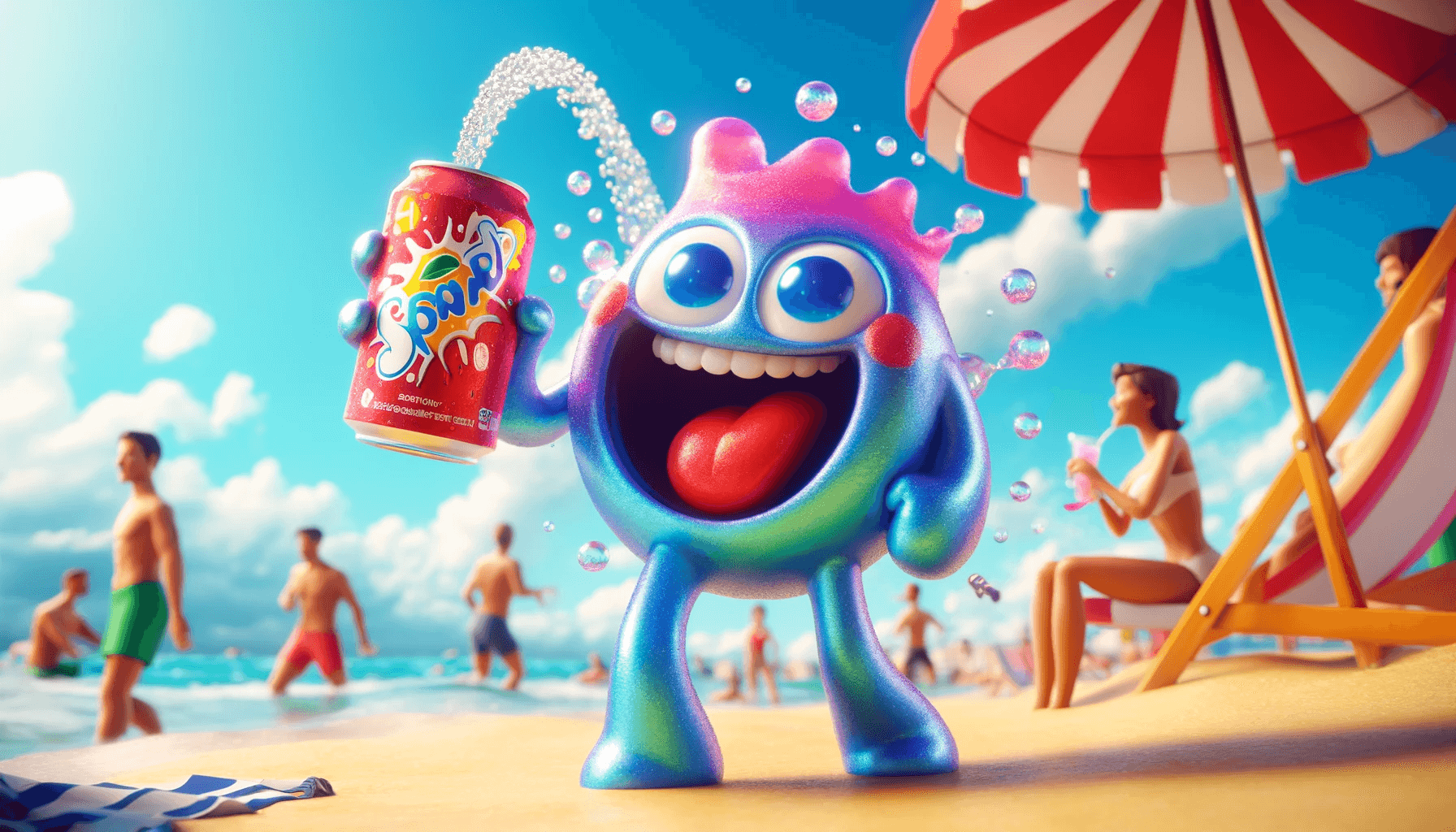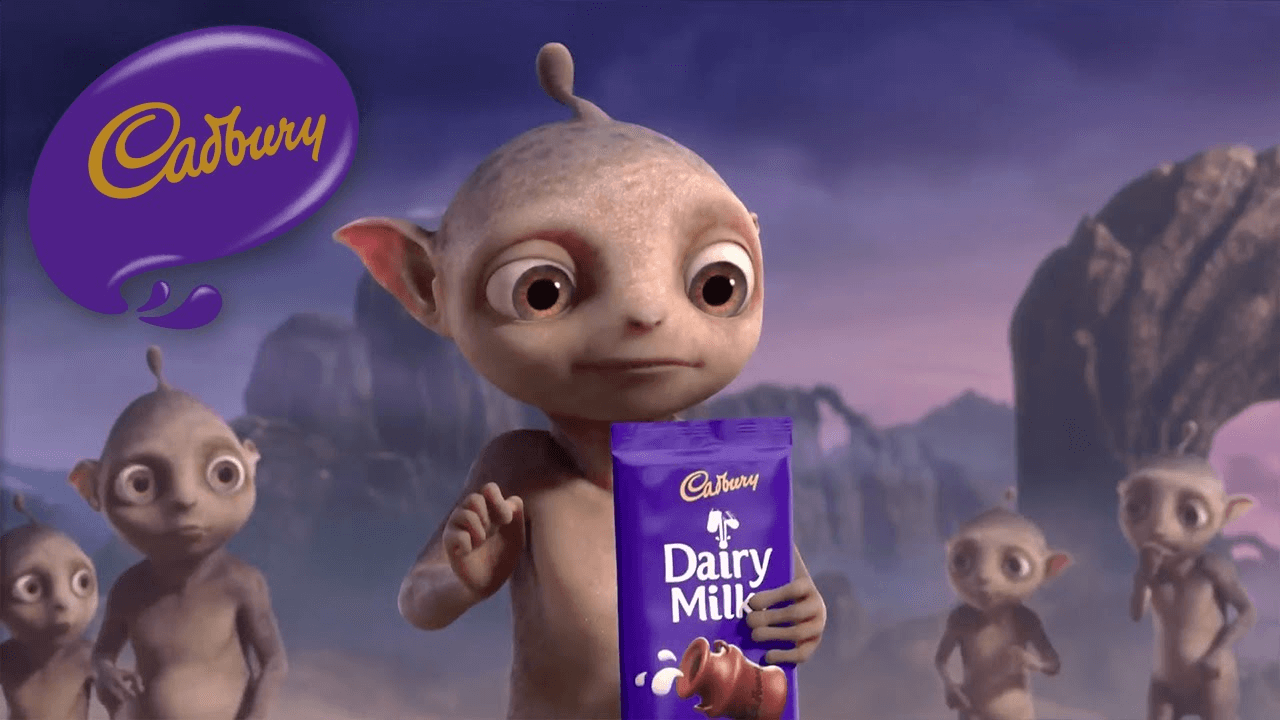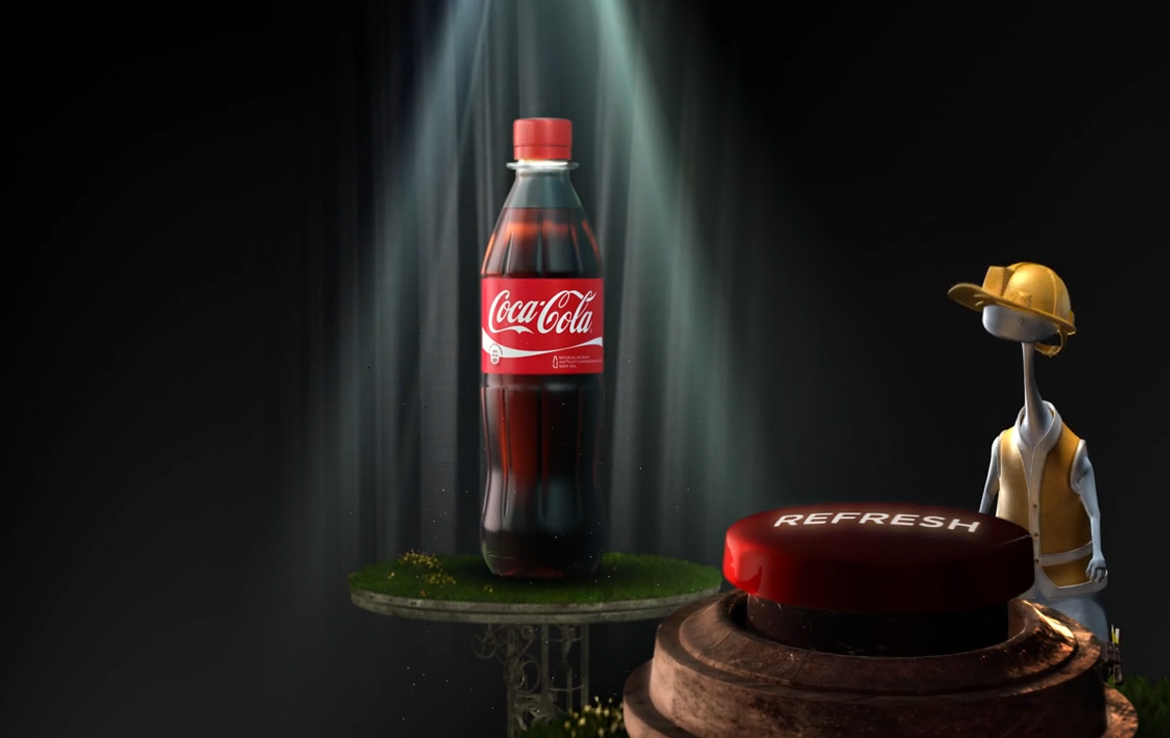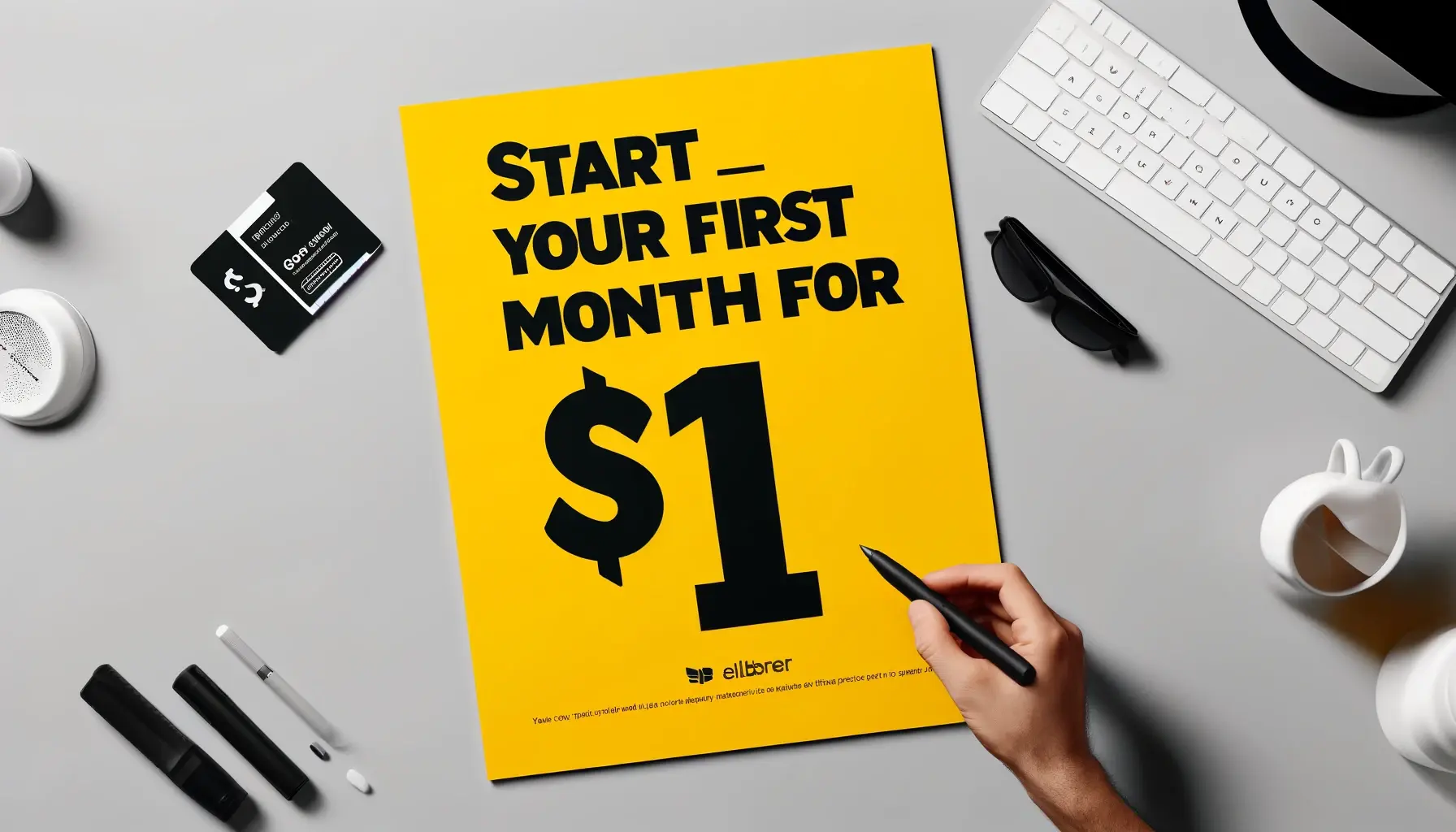
Learn best practices to create results-driven 3D ads for your brand, from defining goals and concepts to distribution, and ROI tracking.
3D animation has grown into a powerful creative tool for advertisers. When leveraged successfully, 3D assets can make brands stand out amidst the digital deluge. However, developing compelling CGI content takes nuanced strategy and skill. In this in-depth guide, we’ll cover everything you need to know to utilize 3D animation effectively in your marketing campaigns.
The Benefits of 3D Animation
Before diving into best practices, it’s important to understand why animated commercials merit consideration as an advertising medium. Some key benefits include:
- Visual Impact: 3D artwork brings crisp realism or stylistic flair that demands attention on any screen. It creates a true “wow factor”.
- Demonstrative Clarity: Complex products, processes, simulations, and environments can be rendered with total clarity through 3D modeling. This helps communicate even intangible concepts.
- Versatility: 3D assets like characters, vehicles, and logos can be reused across marketing collaterals, simplifying branding consistency and production workflows.
- Continuity: Well-executed 3D animation ages gracefully and won’t look dated as quickly as live-action. It maintains a timeless aesthetic that supports long brand campaigns.
- Cost-effectiveness: While requiring upfront costs, 3D animation production becomes more affordable at scale versus reshoots and location fees for physical media. Assets can endlessly generate value.
- Global Distribution: 3D lends itself beautifully to streaming and social platforms. Its visually compelling motion engages mobile-centric younger audiences.
Of course, 3D isn’t a magic bullet. When overused, poorly crafted, or ill-fitting creatives, it risks coming across as gimmicky rather than genuinely enhancing marketing. Success requires aligning with best practices of applying video marketing strategies.

Example of 3D Ads from Cadbury. Cadbury is a trademark of Mondelēz Global LLC.
Defining Your Objectives
The first step before designing any 3D animation is clarifying measurable goals. Is the objective to boost brand awareness, product consideration, website traffic, trial conversions, or something else?
Quantifying KPIs like video completion rates, click-throughs, sentiment analysis, or sales attribution will shape strategies and prove the animation’s ROI. Tracking goal progress should also inform iterative optimization over multiple campaigns.
Knowing goals upfront facilitates crafting an appropriate tone of voice, central message, call-to-action styles and distribution strategy best suited to drive the right outcomes. Generic 3D assets risk being all flash with no substance.
Conceptualization and Planning
With goals established, ideating compelling concepts comes next. Brainstorming should involve stakeholders across marketing, product, design, and development functions for diverse inputs.
An approved concept treatment clearly outlines the animation’s core story beats, characters, settings, conflicts, and resolutions, which product attributes are featured, and how the brand is naturally woven throughout.
Also during planning comes defining scenes, asset lists, timelines, budget, and production milestones. Software like storyboards visualizes workflows. Seek expert quotes to properly scope costs. Well-organized pre-production prevents scope creep.
Technical Considerations
Equally vital is determining appropriate rendering technology and technical specifications for the desired quality level and distribution formats. Some key choices involve:
- 3D Software: Maya, 3ds Max, Blender, etc. for modeling/animation. V-Ray, Arnold, or Redshift for realistic rendering.
- Character/Environment Complexity: Simpler/stylized versus photoreal humanoids and architectural spaces. Balancing detail and render times.
- Lighting/Materials: Subtly yet dramatically displaying textures, colors, and brand visual language through illumination.
- Post-Production: Compositing, VFX, and editing in programs like After Effects, Nuke, and Premiere Pro.
- File Types: Outputs optimized by resolution, frame rate, and codec for websites, social platforms, and TV spots.
- Animation Pipeline: Integrating 3D assets smoothly into development workflows from modeling to implementation.
Considering these technical roadmap facets with engineers and vendors prevents footage quality issues down the line. The story should drive tech choices, not vice versa.
Securing Key Assets
With pre-production locked, it’s time to source talent. Options include hiring in-house 3D generalists, farming work to agency collaborators, or running competitive bidding processes. Either way, focus on specialists’ portfolios and previous client lists alone rather than the lowest hourly rates.
Contract negotiations cover deliverables, schedules, and payment stages. Strict legal contracts protect intellectual property ownership while NDAs safeguard concepts. Budget for multiple concept revisions and quality checks to refine assets iteratively based on feedback.
On more complex projects, breaking work into modular sub-projects like modeling, rigging, and animation, then compositing may require coordinating several external talent vendors simultaneously. Streamlined collaboration is crucial. Managing contractors closely minimizes overages.

Example of 3D Ads from Coca-Cola. Coca-Cola is a trademark of The Coca Cola Company.
Asset Creation and Refinement
Initial 3D blocking establishes overall composition, motion, and story flow before refining finer details during successive pipeline passes. Reviewing WIP cuts along the way incorporates changes sooner versus later in production. This agile process allows for enhancing creatives based on early stakeholder feedback.
Periodic check-ins among internal teams and external partners track progress against milestones and budgets, address blockers promptly, and maintain morale. Documentation ensures smooth handoffs when assets change hands down the line.
Post-production tweaks like matching 3D to live-action elements, applying environmental ambiances, tightening edit pacing, or adjusting visual effects finalize the spot. Extensive quality control testing validates technical functionality and brand/marketing alignments before final approval and distribution.
Distribution Strategy
How and where to broadcast the 3D animation holds marketing implications. Considerations range from:
- Websites: Optimize file sizes/formats for seamless homepage/landing page player integrations.
- paid social: Facebook / Instagram video ads tailored to platform aesthetics
- Email/CRM: Using animation in email newsletters to spark curiosity
- Exhibitions: Showcasing an extended cut at industry events and expos
- Video portals: Promoting on YouTube, TikTok, and Snapchat Discovery for organic discovery
- Branded content: Collaborating with publishers on custom editorial integrations
Distributing supplementary BTS clips, extending the story universe across additional activations, and tracking engagement funnels drive full marketing impact from 3D investments. Ongoing A/B testing optimizes over time.
Maximizing 3D’s Potential
When done right, 3D animation can captivate audiences like no other medium. But thriving with the new creative demands nuanced strategy, technical precision, and careful project management. Adhering to a structured framework allows any brand and budget to tap 3D’s demonstrative superpowers and weave compelling stories that boost engagement and business outcomes sustainably. Are you ready to level up your marketing with CGI?
Was this news helpful?







 Yes, great stuff!
Yes, great stuff! I’m not sure
I’m not sure No, doesn’t relate
No, doesn’t relate



